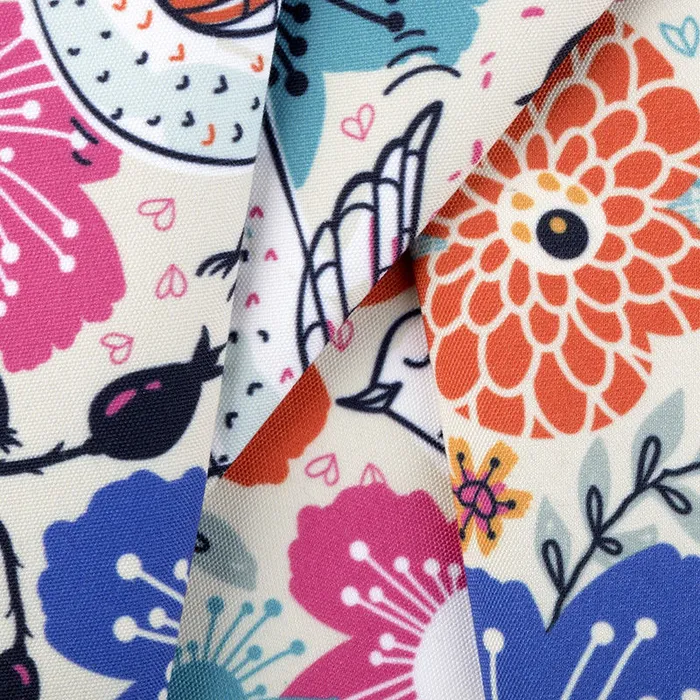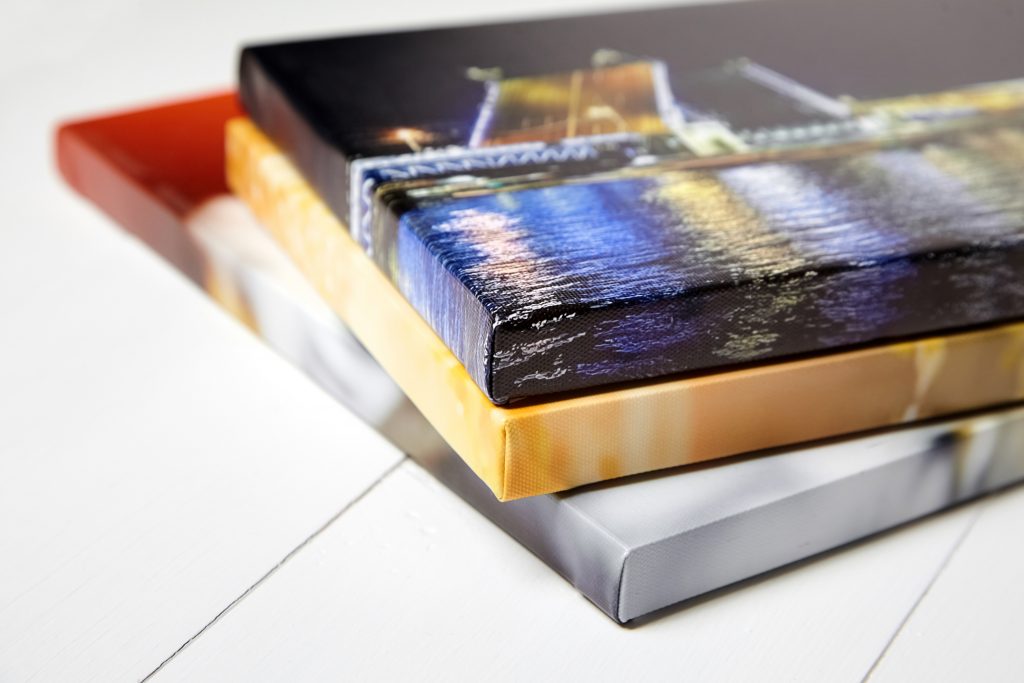Canvas is a dense material with a textured fabric surface that imitates a real art canvas. The canvas consists of a natural or synthetic woven base, on which a special layer of a substance is superimposed, which allows high-quality digital printing. It is extremely important to use the highest quality canvases.
In order for the quality of the final picture to be high and durable, it is also necessary that the colors be of the appropriate level. In general, canvas for printing has several undeniable advantages over conventional photographic paper. It is much more plastic and at the same time stronger, more durable. The material is very easy to stretch on the stretcher, keeping the desired shape for a long time.

Canvases are produced for printing from natural linen or cotton. There are options for a semi-synthetic canvas, in which only a third of the fibers are from natural cotton, and the rest is of synthetic origin (polyester). Such semi-synthetic materials are less prone to deformation and more resistant to moisture. Also, to reduce the cost of production, some studios offer fully synthetic canvases that do not represent any artistic value, but are often used as material for non-standard advertising printing.
Important! A special PVC coating and a photo layer must be applied to the surface of the canvas. Only then will the ink lay down accurately and efficiently.
According to the specifics of the appearance, the canvases are divided into matte (mostly natural canvases) and glossy (they are equally common both natural and semi-synthetic), but regardless of the material of manufacture and the appearance, the canvas must quickly absorb paint and also dry quickly.
Advantages of canvas as a printing material:
- The smooth yet textured surface of the canvas is great for high-resolution, detailed prints, and allows for a wide color gamut with accurate reproduction of all desired hues.
- A high-quality canvas is able to completely imitate a work of art in terms of texture and appearance.
- The ink applied to the surface is quickly and accurately fixed in its well-defined position.
- Stability of the quality of the applied image and resistance to humidity fluctuations.
- The fabric can be stitched or perforated without losing the quality of the fabric.
- It has the flexibility to perform various tension options on the subframe.
- Does not deform in the corners where the canvas is attached to the frame.
Pictures printed on canvas and processed by professional means perfectly imitate the textured relief that is obtained when real oil paint is applied to the canvas. Thanks to this, printed images can be both high-quality reproductions of paintings, as well as stylized photographs or portraits. If the print is made on natural canvas and specially processed with a gel coating, then the image will look indistinguishable from a real art canvas painted in oil.

How to choose the type of canvas depending on what will be printed?
If a reproduction of an oil or watercolor painting will be sent for printing, then a sufficiently thick canvas with a rough textured surface will be required, which will perform the function of imitation of a woven canvas. The weight and thickness of the material after printing will allow you to cover the surface with a protective varnish layer, as well as a layer of gel to create the effect of an oil stroke.
If you are going to print a graphic or a simple personal photograph, then you will need a thin woven canvas with a smooth surface, obtained through an even weave of white threads.
